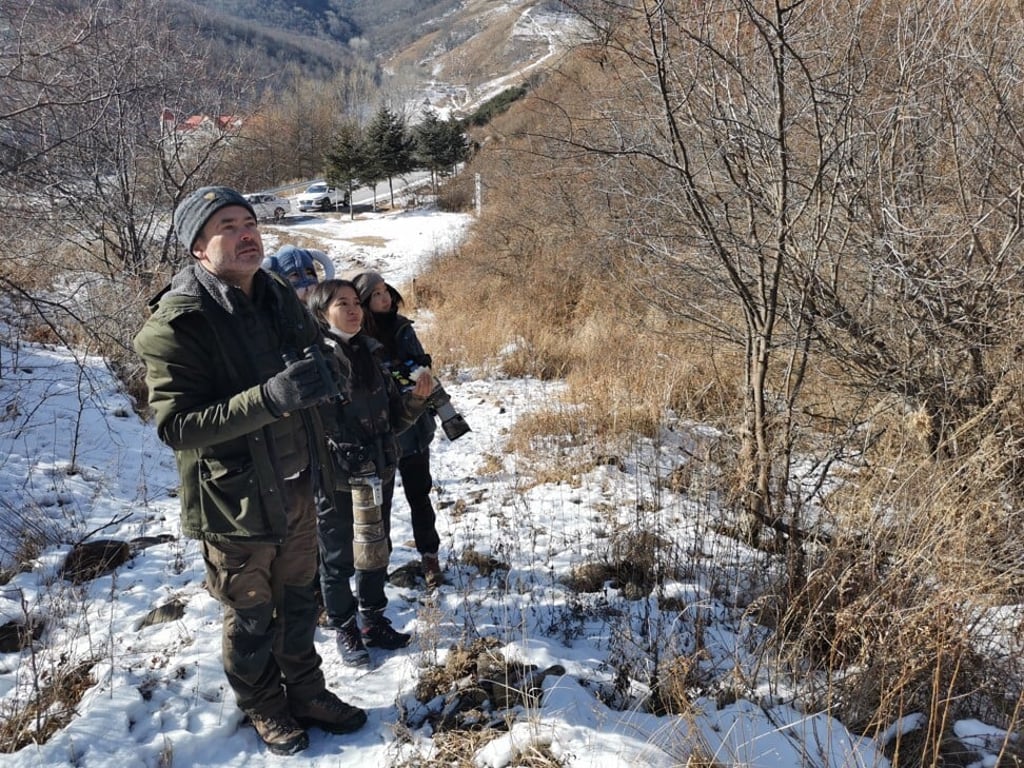Birding is cool in China and the birds in Beijing are more varied than you’d believe
- Birding, or birdwatching, in China has become seen as a modern and fun hobby that is enjoyed equally between men and women, and by whole families
- A local birding group in Beijing calculates that the city has the second-highest number of bird species of any capital city in the G20

Three hip young women from Beijing led by Li Siqi, also known by the nickname Crazy Birdy, are birdwatching around Mount Ling on the outer reaches of the Chinese capital. Twenty-something Li has been keen on the hobby since 2013.
“I took a photo of a pretty bird and then started looking online to find out what it was,” she says. “That got me interested.”
Li now has an environmental education company that takes families birdwatching, and she also teaches children about nature and birds both in and out of the classroom.
Young Beijingers like Li are increasingly becoming interested in conservation, and many now think birdwatching – also known as birding – is a cool thing to do.

The Beijing municipality is spread across 16,800 square kilometres (6,500 square miles) and the birdwatching site where Li and her friends are on the lookout for new species is on the border with Hebei province, a two-hour drive from the city centre.
A group called Birding Beijing recently calculated that the city has the second-highest number of bird species, at 510, of any capital city in the G20, after Brazil’s capital Brasilia. The city also has more dragonfly species than the whole of Britain, according to field guides.
